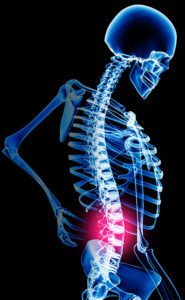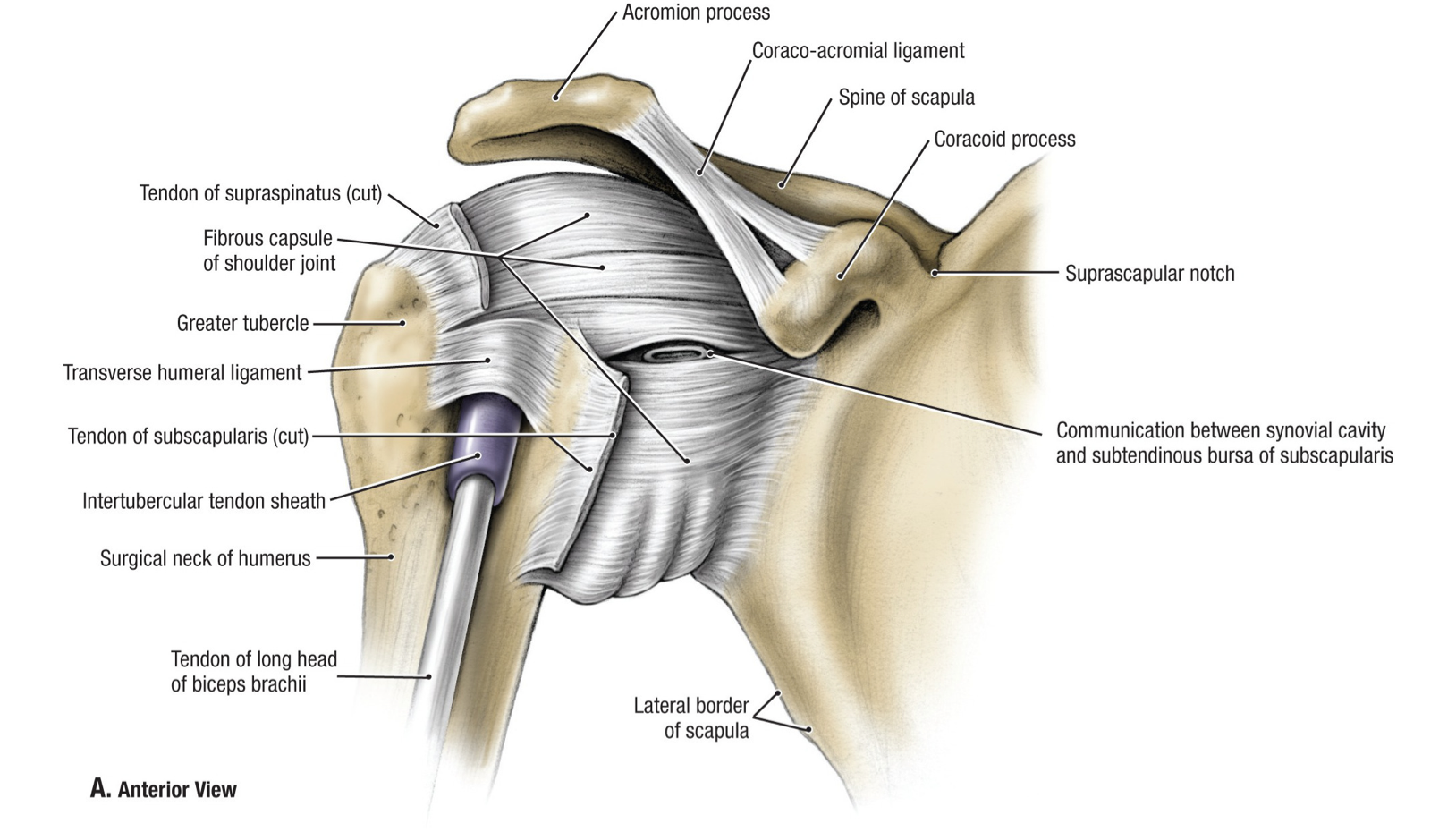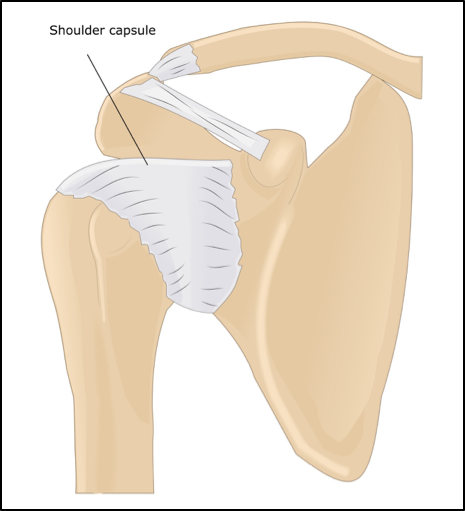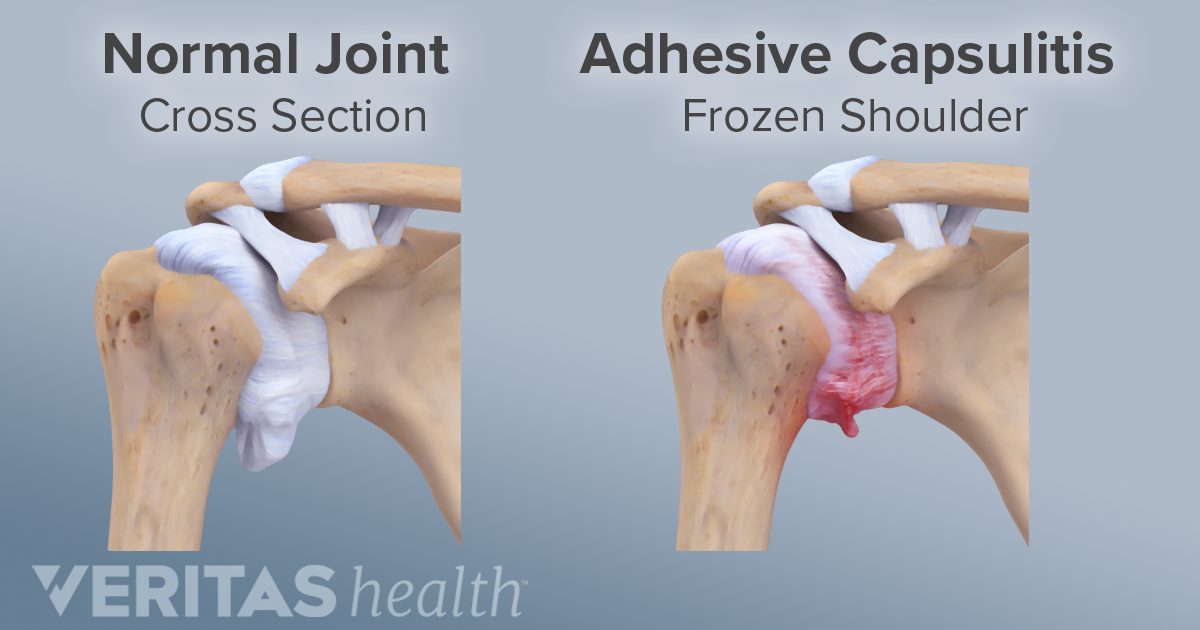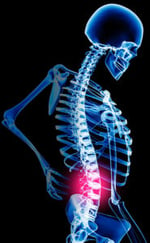 Let me start this article by saying I am a physical therapist. As my interest in spinal rehabilitation developed, I noticed an increasing amount of hostility between chiropractors and physical therapists about who’s more right, who's full of b.s., etc. In fact, I stumbled across a YouTube video, in which a chiropractor said openly to a patient, “Seeing a physical therapist was your first mistake.” On the other hand, one of my patients left her previous physical therapist (PT) because the PT badgered her about seeing a chiropractor. Where is the love?
Let me start this article by saying I am a physical therapist. As my interest in spinal rehabilitation developed, I noticed an increasing amount of hostility between chiropractors and physical therapists about who’s more right, who's full of b.s., etc. In fact, I stumbled across a YouTube video, in which a chiropractor said openly to a patient, “Seeing a physical therapist was your first mistake.” On the other hand, one of my patients left her previous physical therapist (PT) because the PT badgered her about seeing a chiropractor. Where is the love?
I had to investigate this further and give an honest viewpoint of both professions. But how? As my favorite physical therapy professor used to say, “you don’t know what you don’t know.” I think, act, and practice as a physical therapist. In order to get an accurate comparisons of both professions, I consulted a chiropractic mind.
I started by reaching out to a local chiropractor by the name of Dr. Blake Kalkstein. Dr. Blake works for a successful chiropractic practice, Adolf and Kalkstein Chiropractic in Towson, MD. He also has a successful YouTube Channel. Most importantly, he feels that Adolf and Kalkstein Chiropractic go beyond ‘traditional chiropractic care’ to improve the mobility and pain of his patients.
Why do I put ‘traditional chiropractic care’ in quotes? Because both a healthcare provider and Joe-Shmo struggling with low back pain, neck pain, etc. will frequently use the traditional viewpoint of a profession to determine who will be the best fit for his or her care. The same is true of ‘traditional physical therapy’; one’s viewpoint of the profession, based on what they’ve done in the past will help determine if the profession is right for them.
The purpose of this article is to identify traditional schools of thought in both professions, discuss how each profession has evolved to include similar treatments, and how you, the reader, can determine who is the best healthcare provider for you, based on your needs.
Of note: this is a general description of each profession. Multiple schools of thought exist for both chiropractors and physical therapists. Talk with your chiropractor and/or physical therapists to determine which care model they follow and whether that is right for you.
What are Chiropractors traditionally known for?
Traditionally, chiropractors use “hands-on spinal manipulation and other alternative treatments, the theory being that proper alignment of the body’s musculoskeletal structure, particularly the spine, will enable the body to heal itself without surgery or medication” The American Chiropractic Association provides further reading on the history of chiropractic care here.
When I asked Dr. Blake Kalkstein about how new-school chiropractors differ from old-school, Dr. Blake cleverly responds, “well, I don’t know, I wasn’t there!” After a laugh, he continues with an educated tone. “It was manipulation heavy. And (manipulations are) a powerful tool… its effective for helping people in pain. But that doesn’t mean it’s the most effective tool at the given time.”
What are Physical Therapists traditionally known for?
Traditionally, physical therapists have been known as the ‘exercisers’. They identify movement dysfunction and have historically treated through exercise. Physical therapists in hospitals try to reduce muscle loss and tightness in a sickly person with movement. Physical therapists who work with spinal cord injuries and stroke use various techniques to restore lost movement.
To read more about the history of physical therapy and how it began, take a look at the American Physical Therapy Association here.
Where have both professions gone since then?
Both professions have evolved to utilize both strengths of each other’s profession.
As a chiropractic colleague of Dr. Blake Kalkstein so cleverly put, “It would be naïve to think as conservative care specialist that everyone would get better with one treatment technique or modality. Similar to how many physios (physical therapists) are doing manipulation, we know neuromuscular training in conjunction with manipulation, dry needling, etc will get the best results.”
Similarly, it would be naïve to think that exercise alone is enough to treat every possible movement dysfunction. I may get some kickback from my physical therapy colleagues, but when we attempt to retrain a dysfunctional pattern, manual therapy is a great supplement to an exercise regimen. Numerous research studies support this concept.
Walk into a modern day physical therapy office, and you’ll see adjustable tables with a gym to retrain movement after manual treatment. Many physical therapists, myself included, utilize spinal manipulations to restore motion before and during exercise to maximize movement potential. You’ll see therapists performing manipulations on the spine and following up with corrective exercise. Not much different than the situation described above.
Dr. Blake continues, “If I walked into a clinic, I shouldn’t be able to tell the difference between a chiropractic clinic or a physical therapy clinic as both should be doing techniques that are not specific to their profession, but are specific to patient needs.” I agree.
Here are a few things I recommend you look for when searching for a rehabilitation provider:
Chiropractors:
Look for providers that include exercise with their treatments. Corrective exercise designed to retrain movement patters are preferable. Additionally, look for a provider that establishes a(n) (appropriate) plan of care. In my professional opinion, a practitioner that recommends 1 year of appointments does not appear to have your best interest in mind. Look for those who help your pain and are willing to teach you how to self-manage your condition.
Physical Therapists:
Look for practitioners that utilize hands-on treatment in their plan of care. Manipulations are not appropriate for all, but can be a powerful tool when retraining movement. The same sentence above applies to physical therapists: look for a provider that establishes a(n) (appropriate) plan of care for your condition. Also, look for those who help your pain and are willing to teach you how to self-manage your condition.
Does he/she consider your goals?
All healthcare providers, whether they are physical therapists or chiropractors, should have your overall goals in mind. Establish functional outcomes (running 3 miles, lifting your kids, working out, etc.) and track your progress with your provider.
So who should YOU see?
The truth is, you should spend your time with the healthcare professional that is willing to listen to your problems, utilize the benefits of manipulation and exercise to heal your body, and is up to date with latest and greatest research. If this person is a physical therapist, great! If this person is a chiropractor, great! I have met great chiropractors and physical therapists that are constantly learning new ways to heal the body conservatively. Unfortunately, I have met mediocre providers on both sides.
Professions may provide bias, but the best thinkers utilize the best approach, regardless of profession. Therefore, look for the best thinkers with your best interest in mind.
Physical therapy in Columbia and Baltimore, Maryland
If you have pain reach out to our office today!
References:
“Origins and History of Chiropractic Care.” History of Chiropractic, 5 Jan. 2016, www.acatoday.org/About/History-of-Chiropractic
Neil, Amber. “APTA History.” American Physical Therapy Association, 2010, www.apta.org/History/.
Glackin Physiotherapy, LLC

